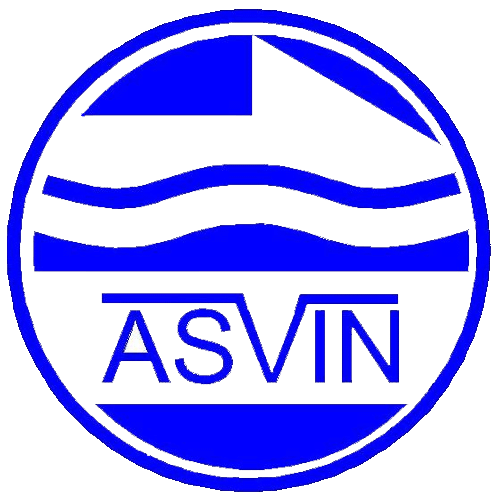Fasteners Standard
To clamp two flanges to each other bolts are necessary. The quantity will be given
by the number of bolt holes in a flange, the diameter and length of bolts are
dependent on flange type and Pressure Class of flange. The most used bolts in
Petro and chemical industry for ASME B16.5 flanges are stud bolts.
Summary of Standards for Common Fasteners are governed by three main industry
standards:
ASTM A193:
“This specification covers alloy steel and stainless steel bolting
material for pressure vessels, valves, flanges, and fittings for high
temperature or high-pressure service, or other special-purpose applications.
Ferritic steels shall be properly heat treated as best suits the high-
temperature characteristics of each grade.”
-
ASTM A320:
“This specification covers alloy steel bolting materials and
bolting components for pressure vessels, valves, flanges, and fittings for
low-temperature service.”
ASTM A194:
“This specification covers a variety of carbon, alloy, and
martensitic and austenitic stainless-steel nuts. These nuts are intended for
high-pressure or high-temperature service or both.”
B7 Studs and 2H Nuts
ASTM A193 Grade B7 bolts are made of chromium-molybdenum steel. The bolts are
quenched and tempered to develop the desired tensile strength (mechanical
properties).
Grade B7 Stud Bolts are used in pressure vessels that do not need corrosion
resistance, aren’t susceptible to stress corrosion cracking, and for temperatures
typically less than 750F
ASTM A320, Grade L7 and Grade L7M
- ASTM A320 Grade L7 and L7M fasteners are recommended for use in low-temperature environments typically found to be -50F to -150F. These fasteners also require Grade 4 or Grade 7 nuts.
- B8M fasteners are manufactured from AISI 316 stainless steel as opposed to AISI
304 stainless steel. The 316 form of stainless steel is better for corrosion resistance because it has more molybdenum.
- Grade 1 - SAE J429- Low or medium carbon steel
- Grade 2 - SAE J429- Low or medium carbon steel
- Grade 5 - SAE J429- Medium carbon steel or carbon steel with additives, quenched and tempered
- Grade 5.1 - SAE J429- Low or medium carbon steel, quenched and tempered
- Grade 5.2 - SAE J429 - Low carbon Boron steel, quenched and tempered
- Grade 8 - SAE J429 - Medium carbon/alloy steel with additives, quenched and tempered
- Grade 8.2 - SAE J429 - Low carbon Boron steel, quenched and tempered
- L9 - Grade 9 - Hight strength alloy steel
- ASTM A307 Grade A- Low or medium carbon steel
- ASTM A307 Grade B- Low or medium carbon steel
- ASTM A325 Type 1- Medium carbon steel, quenched and tempered
- ASTM A325 Type 2- Low carbon Martensitic steel, quenched and tempered
- ASTM A325 Type 3- Atmospheric corrosion-resistant steel, quenched and tempered
- ASTM A354 Grade BB- Alloy steel, quenched and tempered
- ASTM A354 Grade BC- Alloy steel, quenched and tempered
- ASTM A354 Grade BD- Alloy steel, quenched and tempered
- ASTM A449 Type 1- Medium carbon steel, quenched and tempered
- ASTM A449 Type 2- Low carbon Martensitic steel, quenched and tempered
- ASTM A490 Type 1- Medium carbon alloy steel, quenched and tempered
- ASTM A490 Type 2- Low carbon Martensitic steel, quenched and tempered
- ASTM A490 Type 3- Atmospheric corrosion-resistant steel, quenched and tempered
- Class 4.6 Low or medium carbon steel
- Class 5.8 Low or medium carbon steel, quenched and tempered
- Class 8.8 Medium carbon steel, quenched and tempered
- Class 10.9 Alloy steel, quenched and tempered
- Class 12.9 Alloy steel, quenched and tempered
- A2 & A4 Stainless Steel alloy with chromium and nickel
 ASVIN
ASVIN